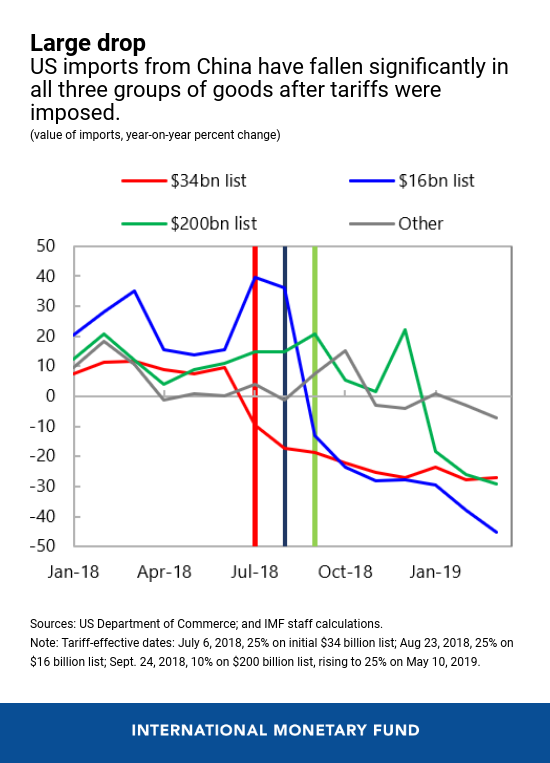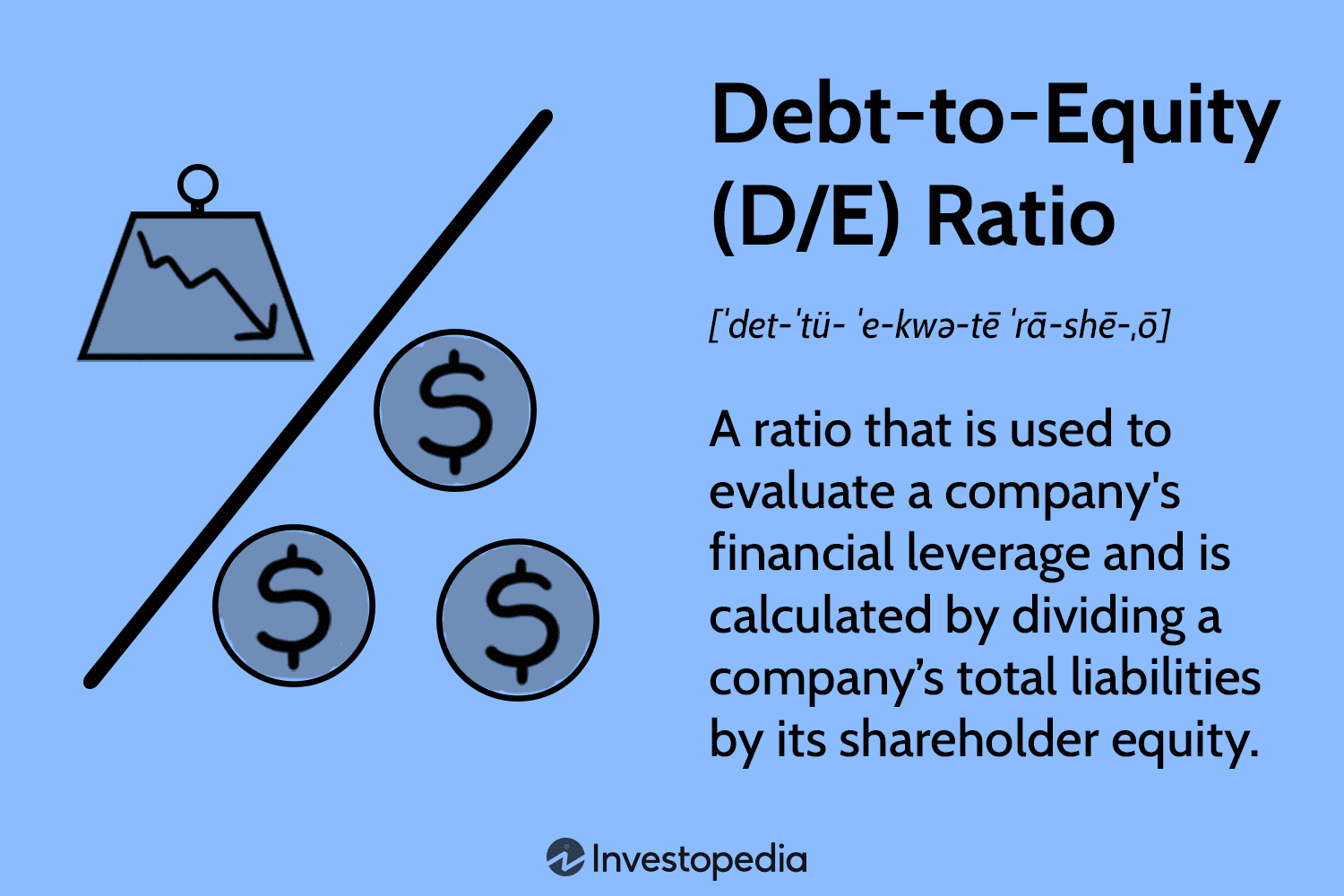Recent Developments In US-China Trade Relations: Tariff Changes

Table of Contents
The History of US-China Tariff Disputes
The current state of US-China trade relations is the culmination of years of escalating tensions and trade disputes. The relationship, once marked by increasing economic interdependence, has become increasingly fraught with challenges related to intellectual property rights, trade imbalances, and national security concerns. This has led to a series of significant tariff changes impacting numerous industries.
-
Initial imposition of Section 301 tariffs (2018): The Trump administration initiated a trade war by imposing Section 301 tariffs on various Chinese goods, citing unfair trade practices and intellectual property theft. These initial tariffs, targeting $34 billion in Chinese goods, marked a significant escalation in the trade dispute.
-
Escalation of tariffs (2018-2019): The trade war intensified with further rounds of tariff increases, impacting hundreds of billions of dollars worth of goods. Both the US and China imposed retaliatory tariffs, creating a cycle of escalating trade tensions. Specific examples include the 25% tariffs imposed on various technology products and agricultural goods.
-
Retaliatory tariffs imposed by China (2018-2019): China responded to US tariffs with its own, targeting agricultural products, automobiles, and other goods important to the US economy. These retaliatory measures significantly impacted US farmers and businesses.
-
Periods of de-escalation and negotiations (2020-present): While periods of de-escalation have occurred, including the signing of the Phase One trade deal, the underlying tensions and disputes remain. The ongoing friction highlights the complexity of resolving these deep-seated trade disagreements.
Recent Tariff Changes and Their Impact
Recent developments have shown a mixed picture. While some tariffs have been reduced or removed as part of the Phase One deal, others remain in place, creating ongoing uncertainty for businesses.
-
Specific examples of recent tariff increases or decreases: While a complete rollback of tariffs hasn't occurred, some adjustments have been made. Certain agricultural products saw tariff reductions, while tariffs on other goods remained unchanged or were adjusted slightly. Tracking these specific changes requires monitoring official government announcements and trade data.
-
Industries most affected by these changes: Agriculture, technology, manufacturing, and retail sectors have been significantly impacted. The fluctuating tariff landscape necessitates constant adaptation and strategic planning for businesses operating within these sectors. For example, the US soybean industry faced significant challenges due to Chinese retaliatory tariffs.
-
Analysis of the economic impact on both countries: The trade war has led to increased costs for consumers, disruptions to supply chains, and uncertainty in global markets. While some argue the tariffs have protected domestic industries, others point to their negative impact on economic growth and inflation. The long-term economic consequences are still being assessed.
The Role of the Phase One Trade Deal
The Phase One trade deal, signed in January 2020, aimed to de-escalate tensions and address some of the trade imbalances between the US and China.
-
Key commitments made within the agreement concerning tariffs: China committed to purchasing a significant amount of US goods and services over a two-year period. This was intended to reduce the US trade deficit with China. However, China has not fully met its purchase commitments to date.
-
Assessment of how well the agreement has been implemented: The Phase One deal has had a mixed impact. While some tariff reductions occurred, many remain in place. The full impact of the deal remains uncertain, with ongoing debates about its efficacy.
-
Unresolved issues and their potential impact on future tariffs: Several major issues remain unresolved, including concerns about intellectual property rights, forced technology transfer, and state-owned enterprises. These unresolved issues continue to create uncertainty and could lead to future tariff escalations.
Future Outlook and Predictions for US-China Trade Relations
Predicting the future of US-China trade relations is challenging, given the complex interplay of political and economic factors.
-
Predictions for future tariff changes based on current political and economic climates: The future of tariffs depends heavily on the political climate in both countries and the overall global economic situation. A continued escalation is possible if disagreements remain unresolved. However, de-escalation through further negotiations remains a possibility.
-
Potential impacts of geopolitical events on US-China trade relations: Geopolitical factors, including technology competition, tensions over Taiwan, and the broader global power struggle, could significantly impact the trajectory of the relationship and the use of tariffs as a tool.
-
The likelihood of further trade negotiations and agreements: Further negotiations are likely, but whether they will lead to significant breakthroughs remains uncertain. Alternative approaches, like focusing on specific areas of concern instead of broad tariff increases, may be explored.
Conclusion
Recent developments in US-China trade relations, particularly concerning tariffs, illustrate a complex and dynamic relationship. The imposition of Section 301 tariffs, retaliatory measures, and the mixed results of the Phase One trade deal have created significant economic uncertainty. The impact on various industries has been profound, demanding constant adaptation and strategic planning from businesses. The future trajectory remains uncertain, but further negotiations and potential adjustments to tariffs are expected. Staying informed on the latest developments in US-China trade relations and the ongoing changes in tariff policies is crucial. Regularly check reputable sources for updates on US-China tariff changes to make informed business decisions and stay ahead of potential shifts in the global economic landscape.

Featured Posts
-
 Max Frieds Yankees Debut A 12 3 Victory Over The Pirates
Apr 28, 2025
Max Frieds Yankees Debut A 12 3 Victory Over The Pirates
Apr 28, 2025 -
 Bmw And Porsches China Challenges A Growing Industry Trend
Apr 28, 2025
Bmw And Porsches China Challenges A Growing Industry Trend
Apr 28, 2025 -
 The Impact Of Musks X Debt Sale A Look At The New Financials
Apr 28, 2025
The Impact Of Musks X Debt Sale A Look At The New Financials
Apr 28, 2025 -
 Death Of Virginia Giuffre Remembering The Epstein Survivor
Apr 28, 2025
Death Of Virginia Giuffre Remembering The Epstein Survivor
Apr 28, 2025 -
 Potential Replacements For Tyler O Neill On The 2025 Red Sox Roster
Apr 28, 2025
Potential Replacements For Tyler O Neill On The 2025 Red Sox Roster
Apr 28, 2025
Latest Posts
-
 75
Apr 28, 2025
75
Apr 28, 2025 -
 Tecno Universal Tone
Apr 28, 2025
Tecno Universal Tone
Apr 28, 2025 -
 Coras Subtle Red Sox Lineup Changes For Doubleheader
Apr 28, 2025
Coras Subtle Red Sox Lineup Changes For Doubleheader
Apr 28, 2025 -
 Could Espns Red Sox Outfield Prediction For 2025 Come True
Apr 28, 2025
Could Espns Red Sox Outfield Prediction For 2025 Come True
Apr 28, 2025 -
 Slight Lineup Shift For Red Sox Doubleheader Game 1
Apr 28, 2025
Slight Lineup Shift For Red Sox Doubleheader Game 1
Apr 28, 2025
